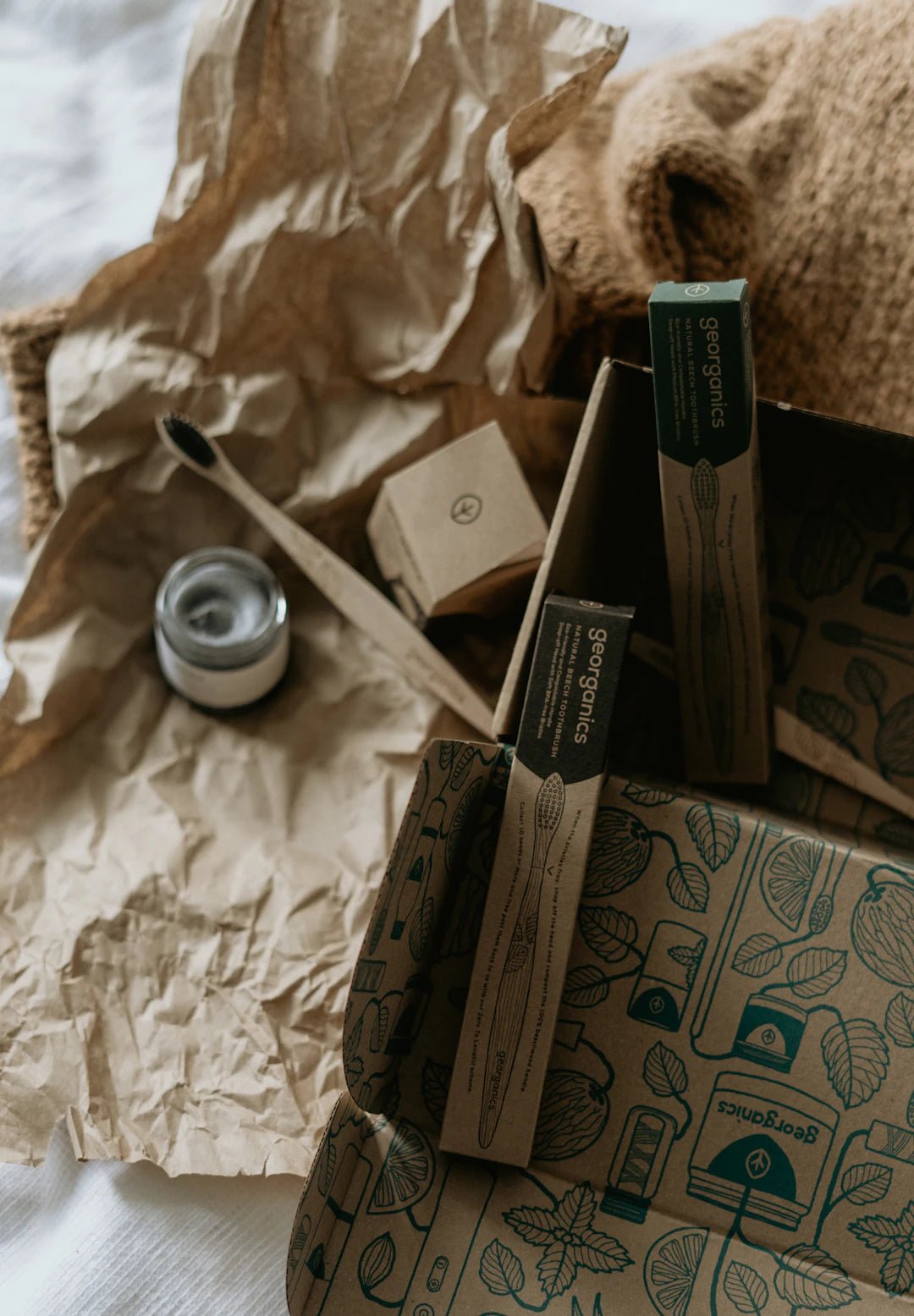
As environmental awareness grows, more people are turning to sustainable practices in their everyday lives. One area where this shift is particularly impactful is in food preservation. Eco-friendly preservation techniques not only help reduce food waste but also promote a more sustainable lifestyle. In this blog post, we’ll explore various eco-friendly preservation methods that can enhance the longevity of your food while being kind to the planet.
The Importance of Eco-Friendly Preservation
Preserving food is an age-old practice that has evolved with the times. However, traditional methods often rely on chemical preservatives and energy-intensive processes. By embracing eco-friendly preservation techniques, you can:
- Reduce food waste and save money.
- Minimize your carbon footprint.
- Support local and sustainable food sources.
- Preserve the nutritional value of your food.
By choosing sustainable methods, you contribute to a healthier planet and small changes can lead to significant impacts. Let’s delve into some effective eco-friendly preservation techniques that you can try at home.
1. Canning: A Time-Tested Technique
Canning has been used for centuries to preserve fruits, vegetables, and even meats. This method involves sealing food in jars and heating them to kill bacteria and molds, providing a shelf-stable end product. While traditional canning can seem daunting, it’s a fantastic eco-friendly option if done correctly. Here’s how to get started:
Choosing the Right Ingredients
Start with fresh, high-quality produce. Visiting local farmers' markets or your garden can enhance both flavor and sustainability.
The Canning Process
- Wash and prepare your fruits or vegetables by cutting them into appropriate sizes.
- Boil jars and lids in water to sterilize them.
- Fill jars with your prepared food and add any seasoning or liquids.
- Seal the jars and process them in a water bath or pressure canner, depending on the food type.
Once cooled, check the seals and store the jars in a cool, dark place. Home-canned goods can last for years, providing you delicious meals and snacks while reducing your ecological footprint.
2. Fermentation: Nature’s Preserver
Fermentation is a natural method of food preservation that dates back thousands of years. This technique involves using beneficial bacteria to convert sugars in food into acids, which help prohibit spoilage. Beyond preservation, fermentation enhances flavors and adds probiotics, making your food healthier. Here’s how to get started with fermentation:
Choosing Fermentable Foods
Almost any vegetable can be fermented, and popular choices include cabbage for sauerkraut, cucumbers for pickles, and even carrots. Experiment with what you love best!
The Fermentation Process
- Wash and chop your vegetables, then place them in a jar.
- Add salt to create a brine that will draw out moisture.
- Optional: Add spices or other flavorings to enhance taste.
- Seal the jar and allow it to sit at room temperature for a few days. Taste regularly until you reach your desired sourness.
Once fermented, transfer to the fridge for longer storage. Not only will you enjoy tangy, flavorful foods, but you’ll also relish the gut health benefits that come with them.
3. Dehydration: A Concentrated Approach
Dehydrating food removes moisture, preventing the growth of bacteria, yeast, and molds that cause spoilage. This method is simple and energy-efficient, especially when using sunlight for dehydration. Here’s how to make the most of this technique:
Preparing Your Food
Fruits like apples, bananas, and peaches and vegetables like tomatoes and peppers work wonderfully for dehydration. Slice them thinly for even and effective moisture removal.
Methods of Dehydration
- Sun Dehydration: Place your sliced produce on a drying rack in direct sunlight. Cover with cheesecloth to protect against insects.
- Oven Dehydration: Set your oven to its lowest setting and place the food on a baking sheet until dried, usually a few hours.
- Dehydrator: Use an electric dehydrator, which is energy-efficient and specifically designed for this purpose.
Store your dehydrated foods in airtight containers, preferably in a cool and dark space. Dehydrated foods are lightweight and make great snacks and cooking ingredients!
4. Freezing: Easy and Effective
Freezing is one of the simplest and most effective methods of food preservation. It slows down enzyme activity and prevents the growth of microorganisms, leading to extended shelf-life. While industrial freezing can require significant energy, home freezing can be done sustainably.
Proper Techniques for Freezing
Here’s how you can freeze at home efficiently:
- Blanch vegetables before freezing to maintain color and texture.
- Use airtight containers or freezer bags to prevent freezer burn.
- Label all containers with the date to keep track of freshness.
Freezing doesn’t require special tools or methods, making it accessible for everyone. You can quickly preserve surplus produce while saving time on meal prep later.
5. Pickling: A Flavorful Twist
Pickling is a method that involves immersing food in a vinegar brine solution, enabling preservation while infusing bold flavors. This technique works well for various vegetables and even some fruits, creating delicious sides or snacks. Here’s how to pickle effectively:
Select Your Ingredients
Common pickling vegetables include cucumbers, onions, and beets. Choose fresh and vibrant produce to ensure the best flavor.
Pickling Process
- Prepare a vinegar brine by heating vinegar, water, and sugar or salt to your desired taste.
- Pack your cleaned vegetables into jars, leaving room for the brine.
- Pour the hot brine over the vegetables, seal, and cool.
By storing the jars in the fridge, you can enjoy these tangy delights for months to come!
6. Root Cellaring: Nature’s Refrigerator
If you have space, consider utilizing a root cellar for preserving fresh produce. A root cellar maintains a cool, dark, and humid environment, ideal for storing root vegetables, apples, and certain types of squash. This traditional method requires no electricity and can significantly reduce your food waste.
Setting Up Your Root Cellar
- Choose a location that stays naturally cool, such as a basement or underground area.
- Ensure ventilation to prevent mold growth.
- Store produce in bins or crates, avoiding plastic to allow for airflow.
With a little planning, your root cellar can extend the life of your harvest while being energy-efficient.
7. The Art of Salting: Flavor and Preservation
Salting is a simple technique that has been used for centuries, particularly for meats and fish. It works by drawing moisture out and creating an inhospitable environment for spoilage organisms. Here’s how to get started with salting:
Select Your Ingredients
Fish, meats, and even some vegetables can be effectively salted. Choose high-quality sources to maintain flavor and nutrition.
The Salting Process
- Coat the food evenly with a generous amount of salt.
- Place in a cool environment, allowing the salt to work its magic.
- After several hours or days, depending on the food type, rinse off excess salt and store in a cool place.
This method not only preserves but also enhances flavor, offering a delicious culinary experience.
8. The Flavor of Smoked Foods
Smoking is another fantastic eco-friendly preservation method. It involves exposing food to smoke from burning or smoldering materials, usually wood. Smoking imparts unique flavors to food while acting as a preservative. Consider the following steps to start smoking food:
Choosing Your Ingredients
Fish, meats, and some vegetables are perfect for smoking. Select fresh items for a better end product.
The Smoking Process
- Prepare a smoker or grill with wood chips or chunks.
- Season your food with spices or a marinade for additional flavor.
- Smoke the food until it reaches the desired flavor and done-ness.
Smoked foods can provide a unique taste that elevates meals, and when done right, they can have a long shelf life.
Incorporating Eco-Friendly Preservation into Your Life
Now that you’re armed with various eco-friendly preservation techniques, it’s time to incorporate them into your daily life. Here are some tips to help maximize their impact:
- Start small by experimenting with one technique at a time, gradually expanding your repertoire.
- Involve family or friends, turning food preservation into a fun and engaging activity.
- Share your experiences on social media and inspire others to embrace sustainable practices.
As we continue to explore eco-friendly living, preserving food sustainably can be one of the easiest ways to make a measurable difference. By reducing food waste and embracing techniques that minimize your impact on the environment, you inspire a wave of positive change.
Preserve Your Food, Preserve the Planet
In a world where sustainability is more important than ever, the preservation of food through eco-friendly methods is a meaningful commitment to our environment. By employing techniques that enhance flavor while keeping our planet healthy, you contribute to a brighter, greener future for everyone. Embrace these practices, share them within your community, and make preservation a way of life. Together, we can build a sustainable world where both our food and our planet thrive.
Discover the creativity of other Shopify store owners by visiting their online stores. Just click here to access the store. Please be aware that this is a promotional link, and we assume no liability for the content of the linked store.
